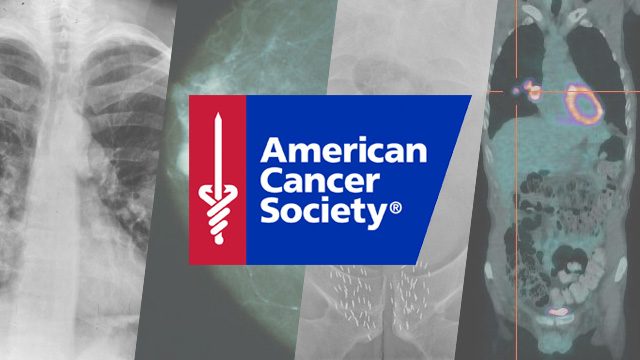SUMMARY
This is AI generated summarization, which may have errors. For context, always refer to the full article.

WASHINGTON DC, USA – The cancer death rate in the United States has dropped 25% from a peak in 1991, mainly due to a steady decline in smoking and advances in early detection and treatment of tumors, new research released Thursday, January 5, shows.
The rate decrease means there were about 2.1 million fewer deaths between 1991 and 2014, according to an annual report by the American Cancer Society (ACS).
“The continuing drops in the cancer death rate are a powerful sign of the potential we have to reduce cancer’s deadly toll,” ACS chief medical officer Otis Brawley said.
The decreasing death rates were most pronounced for patients suffering from 4 major types of cancer – lung, breast, prostate and colorectal.
Lung cancer deaths among men plummeted by 43% between 1990 and 2014, and by 17% among women between 2002 and 2014, according to the research published in CA: A Journal for Clinicians.
The breast cancer mortality rate for women decreased by 38% between 1989 and 2014.
The drop is even more dramatic among men suffering from prostate cancer – 51% between 1993 and 2014 – and in colon cancer deaths among both sexes, which plunged 51% between 1976 and 2014.
Some 1.68 million new cases of cancer will emerge in the United States this year, the report predicts, along with 600,000 deaths from the disease.
Cancer remains the second most prominent cause of death in the country, behind cardio-vascular ailments.
Gender disparities
Over the past decade, the incidence of cancer has remained stable among women and declined among men by almost 2% a year.
The mortality rate from the disease has dropped by around 1.5% annually among both sexes.
But the report finds significant disparities in incidence and mortality between genders.
In all forms, the frequency of cancer is 20% greater among men and the mortality rate 40% higher.
That difference is mainly due to the risk factors affecting each sex.
Liver cancer, an extremely fatal form of the disease, is 3 times more common in men than women. That partly reflects a higher rate of Hepatitis C infection among men – often associated with unprotected sex – and the fact that men tend to consume tobacco and cigarettes in higher rates.
The largest disparities between the two sexes are for cancers of the esophagus, larynx and bladder, for which incidence and mortality are around 4 times greater in men.
Melanoma, an aggressive skin cancer, is also 60% more frequent among men and the death rate twice as high.
Racial differences decline
At the same time, racial disparities in cancer mortality have declined.
The higher death rate among African-American men compared to white men has declined by almost half in the past quarter-century, from 47% in 1990 to 21% in 2014, the report says.
The disparity also fell among black women compared to white women from a peak of 20% in 1998 to 13% in 2014.
Although cancer death rates in general remained 15% higher among African Americans than among white people in 2014, growing access to health care and prevention contributed significantly to the improvement, the report speculates.
It cites the Affordable Care Act, President Barack Obama’s landmark health care reform enacted in 2010, which extended medical insurance to around 20 million previously uninsured Americans.
The number of African Americans without insurance declined by half from 2010 to 2015, dropping from 21% to 11%. Among Hispanics, the rate fell from 31% to 16%.
Maintaining the overall drop in mortality rates “will require more clinical and basic research to improve early detection and treatment, as well as creative new strategies to increase healthy behaviors nationwide,” Brawley said.
“Finally, we need to consistently apply existing knowledge in cancer control across all segments of the population, particularly to disadvantaged groups.” – Rappler.com
Add a comment
How does this make you feel?
There are no comments yet. Add your comment to start the conversation.